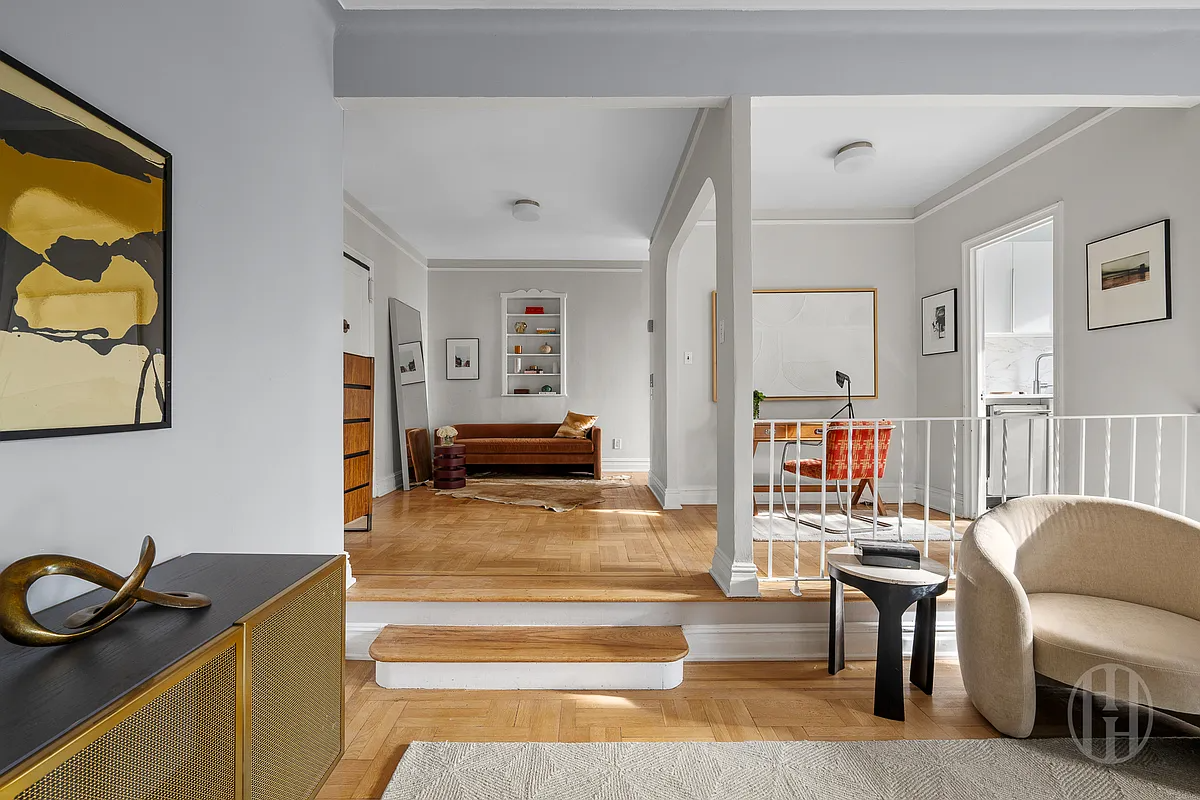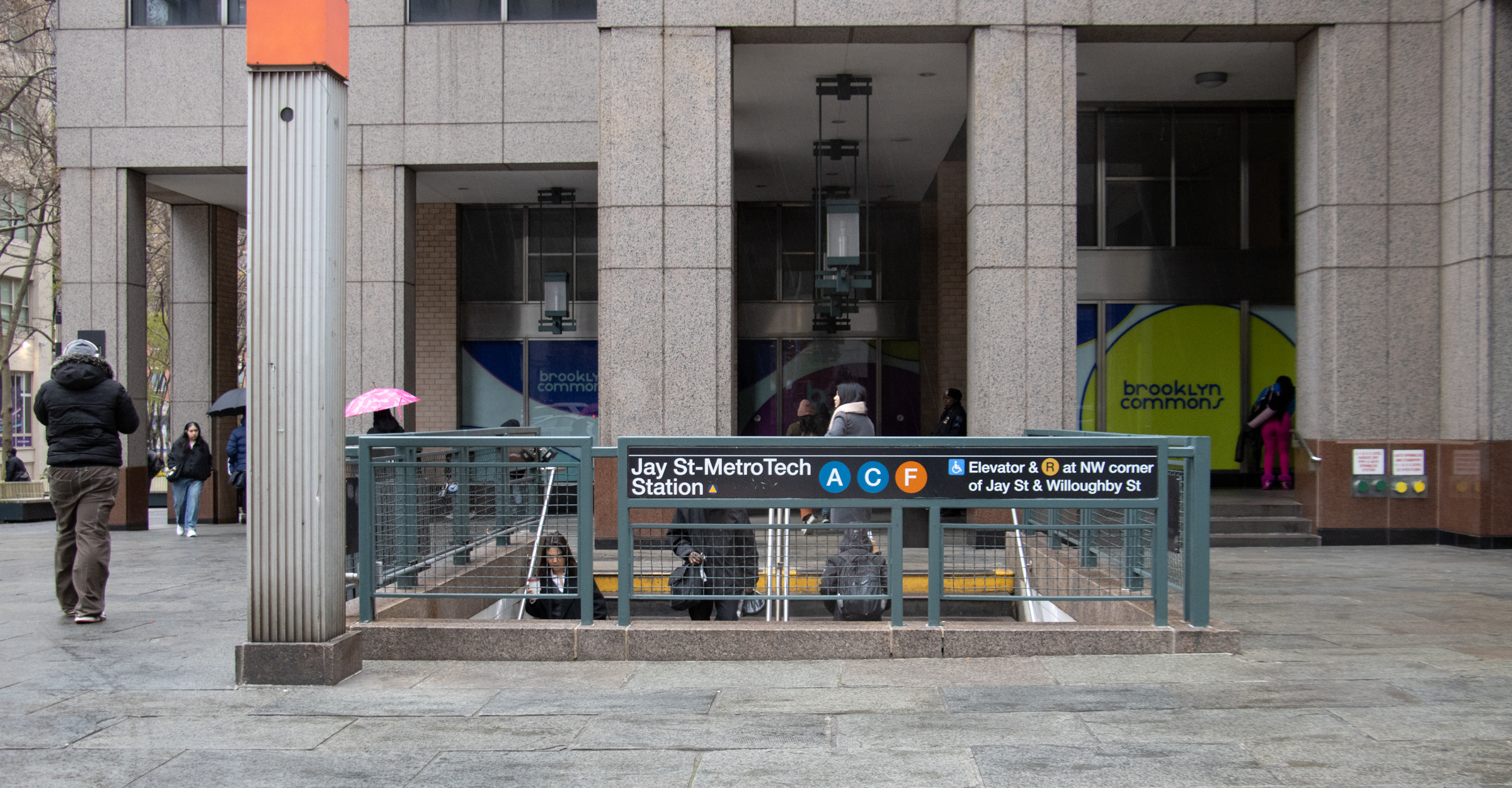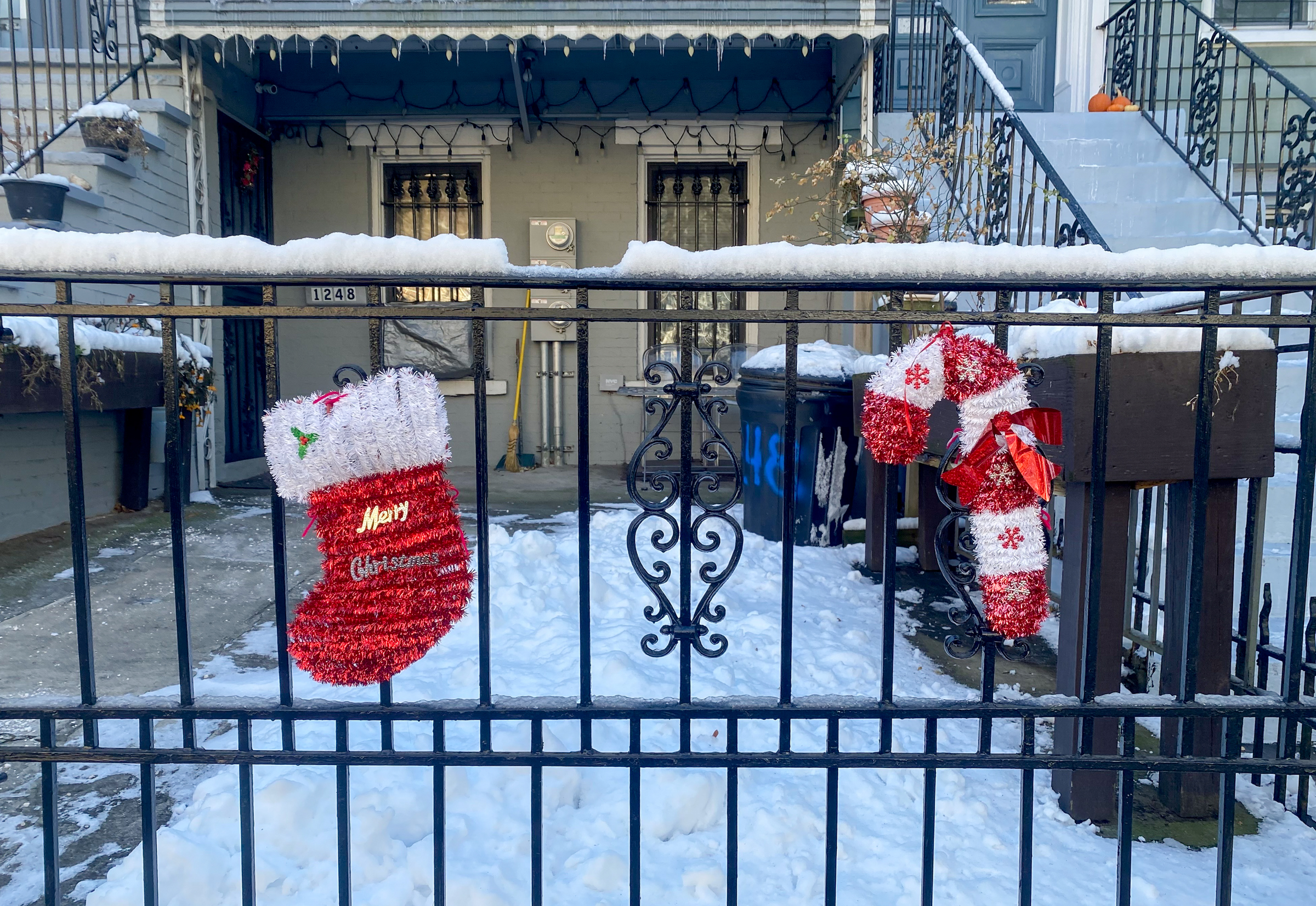Corcoran Market Report: We're OK, Actually
We got our hands on Corcoran’s Q2 sales data, and it shows that the state of the Brooklyn market isn’t quite as precarious as the Times made it out to be. The median price per square foot sales price of condos and co-ops is up 10 percent over this time last year, to $560,000, and…


We got our hands on Corcoran’s Q2 sales data, and it shows that the state of the Brooklyn market isn’t quite as precarious as the Times made it out to be. The median price per square foot sales price of condos and co-ops is up 10 percent over this time last year, to $560,000, and there was a 4 percent reduction in condo/co-op inventory. In terms of townhouses, while the median price on one-families was down 3 percent from Q2 ’07 levels, to $965,000, the median price on 2-4 families was up 6 percent, to $1,240,000. In fact, all the brownstone Brooklyn neighborhoods had pretty substantial price increases in the larger townhouse category, and inventory was extremely tight. The most startling figure in the report is the 15 percent decrease in median prices for Williamsburg condos, but even that doesn’t seem so horrible when you factor in that Corcoran had 47 percent more condo listings between April and June ’08 compared to the same three months in ’07. Another mediating factor to consider in viewing the drop in median price of Williamsburg condos: Many developers began skewing their mix of inventory towards studios and one-bedrooms since those were the units that were selling best; if there were more small apartments in the 2008 data, one would expect to see average and median prices declining. Conclusion: We don’t think the party’s over and done with in Brooklyn, either.
Manhattan ‘Still a Party’; Hangover for Williamsburg? [Brownstoner]





2:22 is the wisest person on this blog so far today, and possibly this month.
although personally i think in brownstone brooklyn, prices will fall more in the 10-20% area.
50% would be more than in speculative towns like miami and las vegas. there is zero reason to think that would happen here. apples and oranges.
If NYC housing prices drop 50%, it will be a far better place.
More attractive to start-ups, more attractive to creative types who don’t make Wall St pay, more attractive to young people, more manageable for families with children, more possible for grown kids to live near where they grew up.
Drops in asset values will also have the beneficial effect of reducing inequality, which will improve quality of life for everyone, top to bottom.
The only people who are really going to hurt when prices come down are speculators/developers caught midstream and homeowners who got caught in the euphoria and spent more than they really could afford, hoping the market would bail them out. Some recent buyers will regret having overpaid, but if they could afford it when they bought it, they should be able to continue to afford it after prices come down too.
It appears from what I’m hearing that specific areas of the financial firms are being reduced or effectively eliminated, and that the layoffs will be top to bottom.
Most of the younger staffers probably live in NYC and certainly churn a certain sector of the economy.
Does anyone know to what extent the middle level management lives in CT and NJ? It seems, from my experience in the world of finance (I worked at ML) that most 30- and 40-somethings end up heading outside of NYC “because of the kids”. They don’t want to raise their kids in NYC. Sure, there are those in the industry who do, but reflecting back on many of my colleagues, it seems they almost all lived outside NYC if they had kids and even a large part of the younger employees did too. There were many in Hoboken or suburban NJ or Westchester.
Not to suggest that a regional downturn will not impact core Brownstone Brooklyn, but it seems much of BB has a diverse population. Even the new buyers are diverse. It is foolish to state that all the new buyers paying these high prices are so-called Wall Streeters. I know of a number of buyers in many different walks of life (and yes, some of it is trust fund money).
Possibly the loss of NYC income tax, less tax generated by real estate changing hands, less mansion tax monies coming in…I don’t know if there will be a cascade effect…Thoughts on this anyone?
I don’t think the doctors, lawyers, the wealthy who don’t really “work”, high earners in fields other than finance, the hardworking owners of successful businesses worldwide who have a pied-a-terre in Manhattan…I don’t think all of these people will leave NYC…though, many lawyers do depend on Wall Street…they’ll feel it, but many may not.
Again, thoughts on this?
And, to agree with someone above, yes, Brooklyn in many of the Brownstone neighborhoods has changed immensely since 1995. Maybe many of the new businesses that have opened in the last 5 years will collapse soon…I don’t have a crystal ball…but in places like FG, there has been a massive, massive change. I won’t describe that change but you get the drift. It is NOT Fort Greene circa 1994.
FGG
“Brownstones in Bed-Stuy still sell for way below the reproduction cost today.”
You left out the cost of life and limb.
I lived in San Francisco for 10 years. Now Brooklyn.
I much prefer Brooklyn.
While San Francisco is beautiful, it lacks the energy and vitality that NYC has. Some of that energy has shifted from Manhattan to Brooklyn, and I find it to be a really exciting time to be living here, housing market and all.
“Yup, and 8 years later, San Francisco is still a glorious, thriving and insanely expensive city.”
Don’t fast forward. Talk about what happened within the first year or two before it was saved by Alan Greenspan and the Housing Bubble. Prices and rents were getting murdered.
San Francisco is nice,
Brooklyn is so-so
…at best
http://www.youtube.com/watch?v=pALT9wxk7iM
“it’s not like these new condos will have zero value or worse”
Seriously! Granite has got to be worth something!